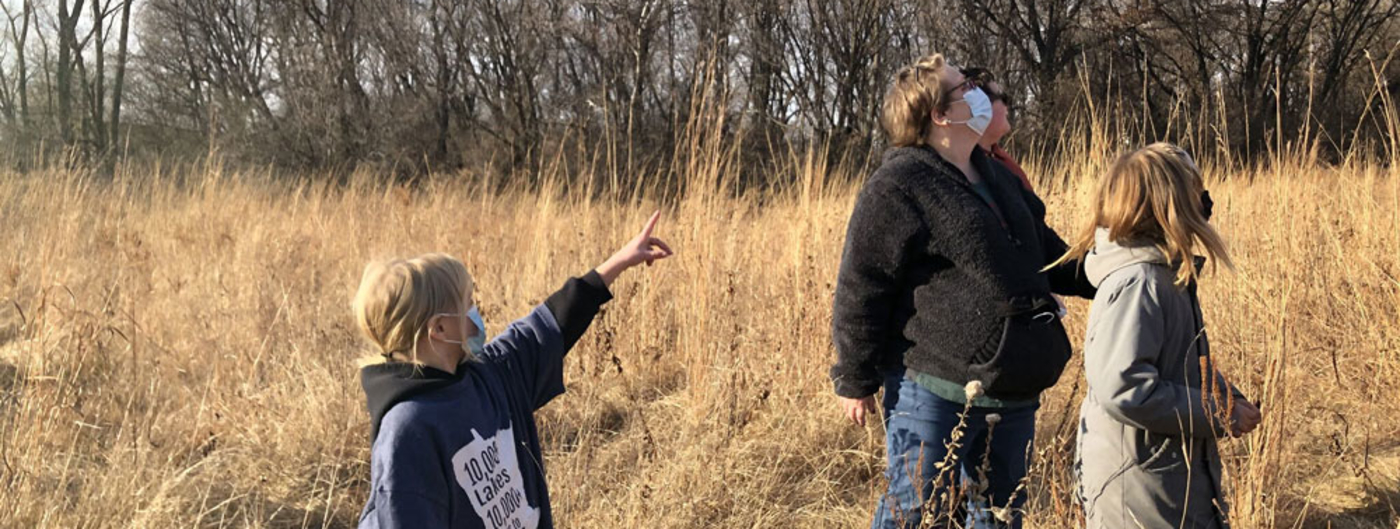What it means
In the past 25 years, the United States has seen a greater concern with physical and sexual child abuse with 82% of abuse involving youth ages 12 to 17 taking place outside of the child’s home. Risk management strategies help an organization minimize the likelihood of negligence, reduce liability risks and ensure a high degree of care and protection of young people while they participate in activities.
Why it matters
Youth development professionals need to ensure a safe environment for all youth who attend our programs. Creating a safe environment where youth do not fear physical or emotional harm allows youth to grow and learn.
An understanding of risk management practices needs to be in the forefront of our program planning to provide a safe environment for the individuals we serve. When organizations take appropriate steps to protect youth by developing a set of standards, guidelines and training to assist in creating a safe environment, it allows youth to solely focus on learning.
What effective practice looks like
There are four essential steps to risk management planning.
- Assess exposures.
- Observe current programming to identify areas of potential concern, such as:
- Youth to adult ratio
- Safety of building/room where activity is taking place
- Activities appropriate for those in attendance
- Person responsible if accident occurs is identified
- Emergency procedures are available
- Observe current programming to identify areas of potential concern, such as:
- Develop risk management strategies.
- Based on your program observation, create a plan of action to develop tools to minimize the risk and/or liability associated with your program, such as:
- Release/waivers signed by participants
- Emergency contact cards available for program leaders
- Risk management planning guide
- Based on your program observation, create a plan of action to develop tools to minimize the risk and/or liability associated with your program, such as:
- Implement risk management strategies.
- Identify individuals in your program to implement and give feedback on risk management tools and practices.
- Evaluate the risk management strategies.
- Survey individuals who implemented tools to determine effectiveness.
- Review results.
- Update risk management tools.
- Distribute updated tools to all individuals within your organization.
Prepare youth development program staff to manage risk
Train program staff (paid and volunteer) to design and lead programs that are safe for young people. A comprehensive training program is critical to prepare program staff to apply an organization's risk management policies and practices.
- Develop a training for program staff.
- Content of the training program:
- Youth development principles of the organization
- Emergency planning and procedures
- Safety of minors
- Supervision requirements
- Scenarios to practice applying policies
- Trainings can be conducted as a large group, individually or through online modules.
- Example: Risk management for volunteers online training
- Content of the training program:
- Create a follow up training plan.
- Communicate new training resources
- Determine time frame for program staff to renew their training
- Provide opportunities to complete additional trainings through online modules and/or videos
- Provide additional scenarios for program staff to practice applying strategies
By offering these trainings, staff and volunteers better understand why risk management is important and have resources to help manage the risks associated with the programs offered for youth to create a positive experience.
Kelle L. Murphy (2015). Assessing Risk Management: How Effective Is Your Program?, Journal of Physical Education, Recreation & Dance, 86:3, 32-36, DOI: 10.1080/07303084.2014.998392
Fox, J., Hebert, L., Tassin, M., & Hebert, C. (2008). Using Risk Management Tools and Training to Protect Youth and Adults in Overnight Settings, Journal of Extension, 46(6).
Author: Katie Johnson, Extension educator
Reviewed in 2023


